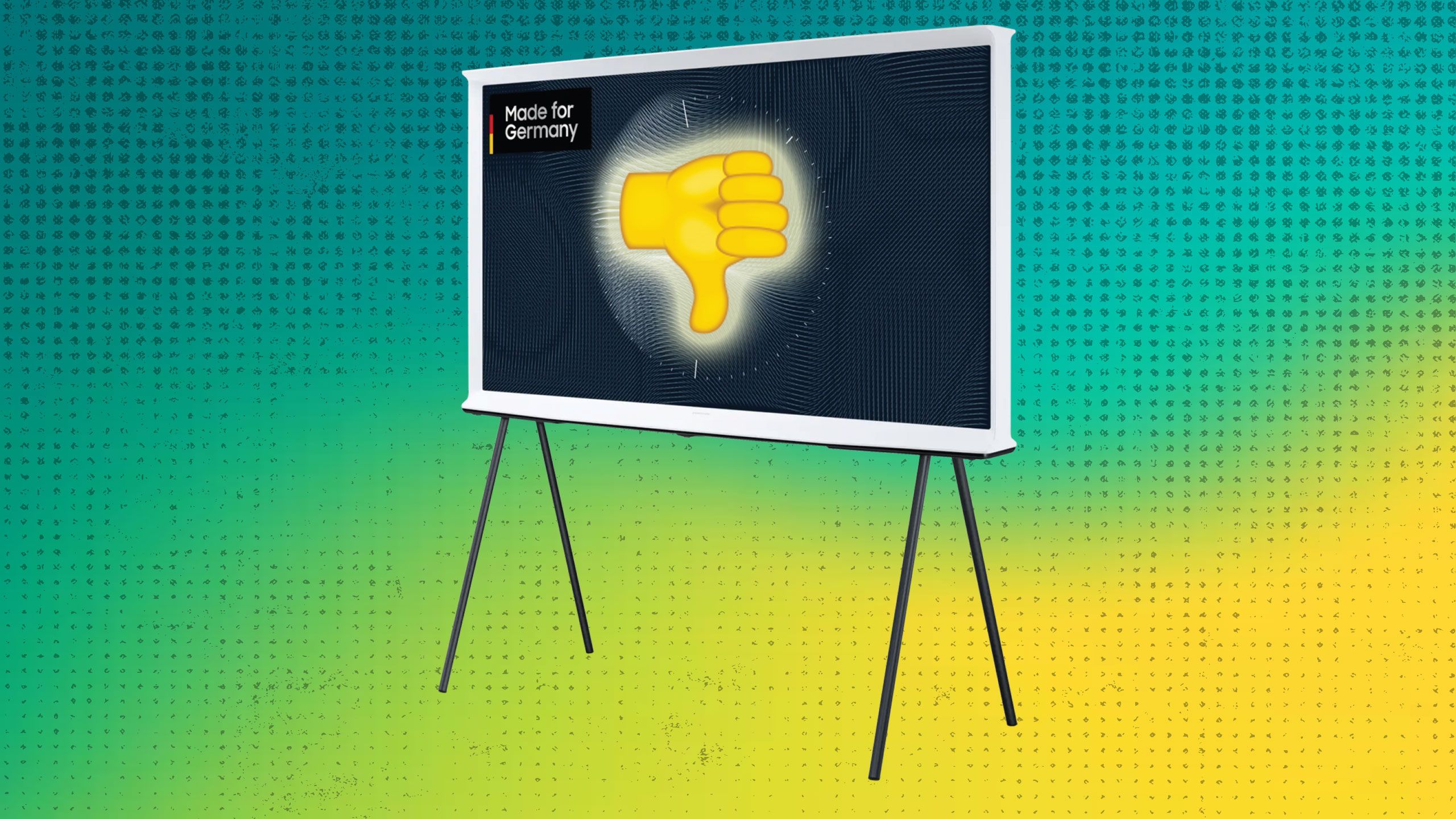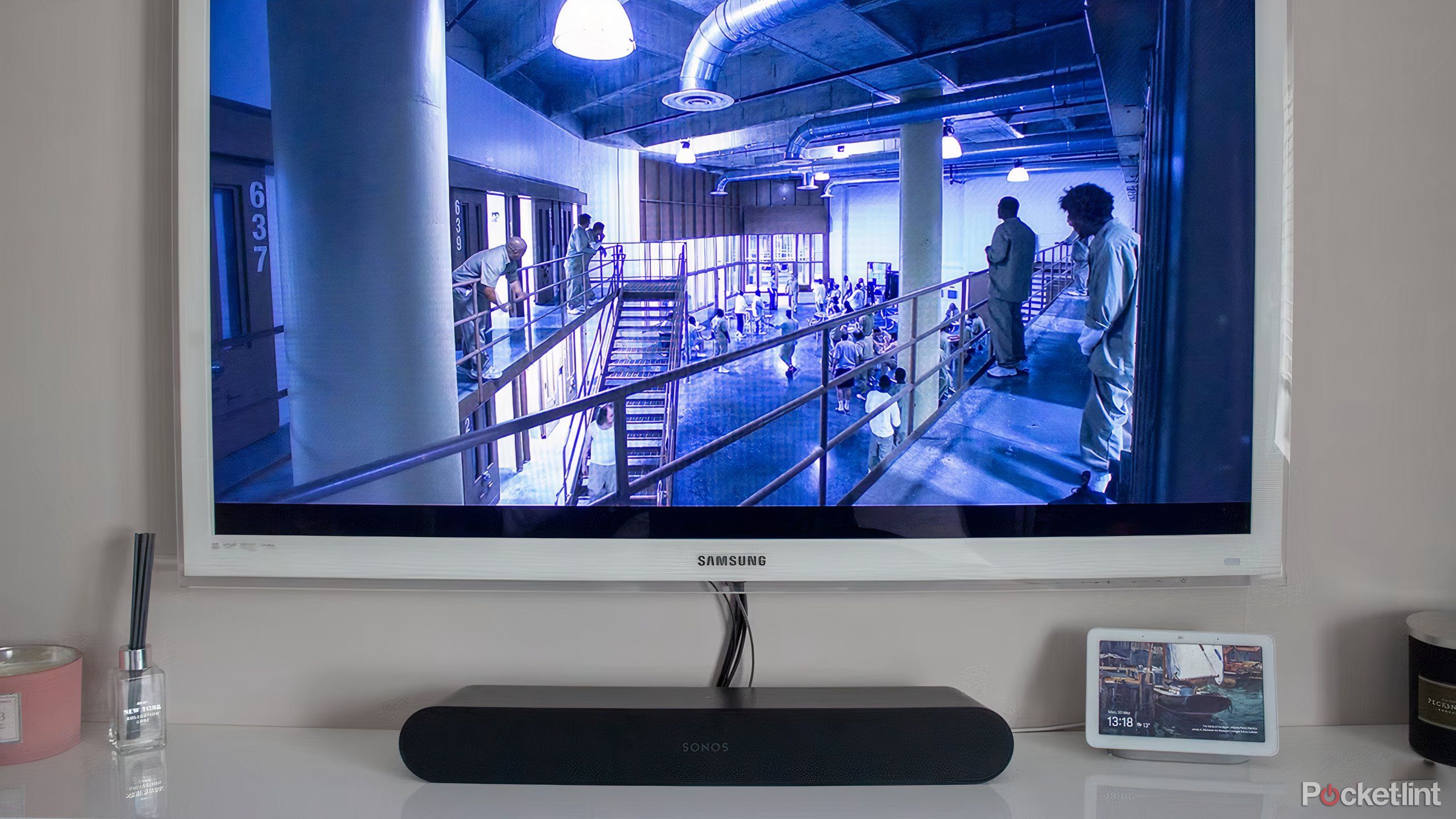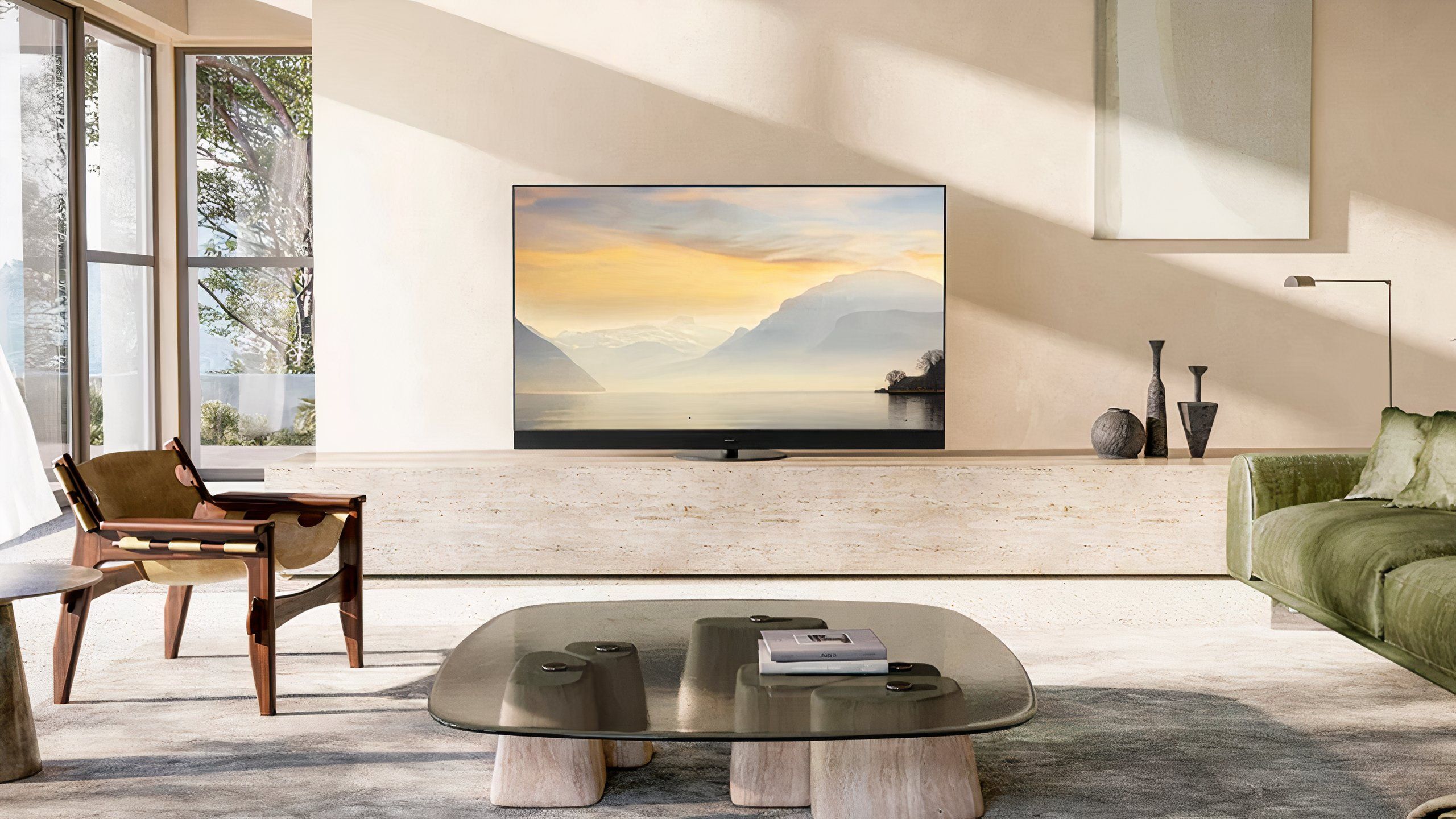Summary
- Audio is an integral part of the TV experience for most people, so electronics makers shouldn’t neglect it as much as they do.
- There are, thankfully, at least some TVs on the market that recognize audio’s importance.
- I’m not counting on high-quality speakers becoming omnipresent, however, given current market trends.
Really, I can’t complain too much about the current TV landscape. When I bought a living room TV a few months ago, there were plenty of 4K HDR sets under $1,000 that would’ve absolutely destroyed $2,000 models released just a few years earlier. Roku OS and Google TV are relatively mature platforms, and technologies like HDMI 2.1 and Dolby Vision are almost de facto. Unless you’re going as cheap as possible, it’s safe to say that anything you buy will probably look great. Just make sure to tweak brightness and contrast settings, and always, always disable motion smoothing if it’s on.
One area where many TVs are weak, however, is sound. It’s practically assumed that you’ll be buying a dedicated soundbar, or else a 2.1-, 5.1-, or 7.1-channel sound system. Is there any hope of getting something better out of the box, by default? There are some encouraging signs, but it’s looking like an uphill battle.

Be careful about buying into these TV gimmicks
TV makers will sometimes try anything to get you in the door.
The value of better sound
Rounding out your home theater
For cinephiles like myself, I’m preaching to the choir, but it’s hard to overstate how important quality speakers can be to the movie-going experience. Hearing the boom of gunshots, the roaring of jets, or hearing every individual horn in a John Williams soundtrack can truly make the experience. Recently, when I saw Oppenheimer in a theater, for example, the stomping of feet to exactly mimicked the rumble of an atomic bomb. Without a good sound system at home, this important thematic element is lost.
There’s also a base practical value. I live in a noisy household — my wife sometimes wants to watch her own thing in another room, or vice versa, and my son’s favorite thing is making music on his iPad. With cheap TV speakers, I can make dialogue clearer by cranking the volume up high, but that brings up the levels of everything else too, often in a distorted way. Quality speakers are better at enhancing dialogue without ramping up volume to insane degrees.
At times, audio can be absolutely integral to what a movie is trying to say.
That’s why I caved and bought a Sonos Ray soundbar. I have problems with it — namely, the fact that my TV’s native remote doesn’t control it — but when I want to settle down for a full-on home theater experience, it’s worth the money. It’s hard to imagine watching something like Dune or The Return of the King without it.

Sonos made the right decision canceling its ultra-expensive Apple TV competitor
Sonos didn’t take the risk.
Where we’re at in the 2025 soundscape
The thinness crusade continues
Samsung
As a whole, it’s clear that TV makers are prioritizing thinness whenever possible. My 65-inch Hisense U6K is a little over 3 inches thick at its bulkiest, but it’s still far thinner and lighter than the 40-inch Sharp Aquos set I bought in 2011. I was barely able to carry that Sharp set up my apartment stairs in Austin, whereas I could’ve wall-mounted the U6K by myself if it weren’t for its height and length.
To achieve thinness, audio is often the first thing on the chopping block.
There’s even a growing category of “art” TVs, mostly imitating Samsung’s The Frame. These are built to be so thin and light that you can mount them flush, almost like a painting. Indeed a common gimmick is to give them customizable bezels, and cycle through famous works of art when you’re not on Netflix or YouTube — though I wonder how many people really bother to stop and examine something like they were at the MoMA or The Louvre.
To achieve these improvements, audio is often the first thing on the chopping block. Most TVs actually seem to be okay, so long as you’re not watching anything more involved than late-night comedy, the news, or maybe an episode of Parks and Recreation. But their sound is hardly great, and it’s liable to fall apart the moment you want cinematic immersion, or even just entertain guests during a party.
There are some notable exceptions. The Panasonic Z95A, for instance, incorporates a 160-watt, 5.1.2-channel speaker system, and auto-calibrates to your room. It’s so good at Dolby Atmos that buying a dedicated surround-sound setup might feel like an insult. That model costs about $3,200 before any discounts, but there are decent examples at the budget tier, too — you can get a Roku Pro for less than $1,000, and simply buy a wireless subwoofer to fix issues with its bass.

I wish the Apple TV 4K would take notes from the Roku Ultra
I hope Apple borrows from the Roku playbook.
Is there a market for TVs with high-quality speakers?
Signs point to “maybe”
Panasonic
Certainly there’s at least something of a market, or else products like the Z95A wouldn’t exist. Indeed, I could point to a collection of TVs with good to great out-of-the-box audio, such that it would take too long to cover every model here. That’s encouraging.
Even if those TVs disappeared, there would still be people clamoring for new ones. As I’ve noted, there’s an inherent value to better sound, and many people would rather not spend an additional $200 — potentially, far more — just to make a movie sound like a movie. As a rule, audio is an essential part of the TV experience, so shipping something with poor internal speakers is akin to shipping a laptop with a low-resolution display. Sure, you can always hook your laptop up to an external monitor, but you shouldn’t have to.
I’m not too optimistic about high-quality internal speakers becoming the norm, if I’m honest.
Thinness, conversely, isn’t inherently valuable. Yes, it’s handy for moving or mounting a TV, and it’s aesthetically impressive — but some of its practical value is lost if you have to clutter your room with speakers. I’ve actually avoided 5.1- and 7.1-channel sound systems for this reason. While a soundbar may be less than ideal for purists, it means I don’t have to dodge speaker towers when I walk around, or fill up even more of the limited space around my entertainment center. Those things can affect your daily life, not just movie nights.
I’m not too optimistic about high-quality internal speakers becoming the norm, though, if I’m honest. It’s an added expense for manufacturers, and one that’s inevitably passed along to consumers. It’s potentially worth paying for the privilege — but everyone likes a low sticker price, and if you’re already assuming you’ll need external speakers, the TV with the cheaper sticker is going to win out.
If there’s any hope, it’s in the evolution of technology. Parts inevitably tend to become cheaper and more efficient over time. Who knows — in a few years, it might seem as crazy to imagine TVs without realistic 3D audio as it would be to imagine a 2025 TV without 4K.

Does smart tech really add that much to your fitness regimen?
The full answer varies from person to person, but here’s my gym-buff take.


